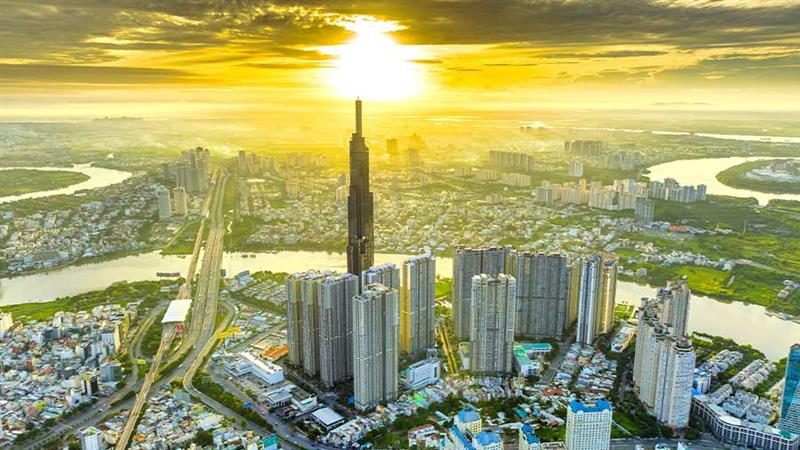Real Estate Market Trends in Hanoi
Oct. 26 – Investor interest in Hanoi’s residential property has increased in recent years. With an average population growth rate of 5 percent a year coupled with a considerable area of vacant land, housing prices in Hanoi have been pushed up to levels that are higher than they should be. Selling prices of upmarket houses remain high while prices of average houses climbed 8.5 percent.
“The population in the next 15-20 years will grow constantly with middle-class people and medium-sized enterprises having the fastest growth rates,” according to Mr. Vu Xuan Thien, deputy director of the Housing and Real Estate Management Department.
 RELATED: Dezan Shira & Associates’ Pre-Investment, Market Entry Strategy Advisory Services
RELATED: Dezan Shira & Associates’ Pre-Investment, Market Entry Strategy Advisory Services
“These classes have a real demand for housing,” Thien added. “In fact, the number of retail property investors is increasing, liquidity is being improved, and credits for real estate are rising.”
According to Mr. Nguyen Cuong, chairman of the Hanoi Real Estate Club and general director of Choung Phat Group, the property market has been improved in better form thanks to Government Decree No.71/2010/ND-CP, issued on June 23, 2010 and Circular 16/2010/TT-BXD dated September 1, 2010.
Decree 71 interventions provide detailed provisions on the Housing Law regarding house ownership, housing development, management of houses, house-related transactions and state management of houses. Circular 16 specifies and guides some contents of Decree 71.
Decree 71 and Circular 16 will make the market, investor fundraising, and real estate dealings more transparent. In the future, market development will be more sustainable.
Another important intervention planned for the capital is the expansion for the period to 2030 and towards to 2050: the Hanoi Capital Construction Master Plan.
The capital city’s plan needs to address numerous issues, including transport, public spaces, land management, and urban management. This plan is calculated to enable sustainable development for a city with 10 million citizens by 2030 covering some 3,345 square kilometers. Just to put this area into perspective, it is two times the size of Greater London and five times the size of Seoul.
The developing domestic economy will attract much of the investment capital to real estate, and there are many foreign investors already in the market. Currently, 455 FDI projects (108 in Hanoi) were registered in the first six months of 2011 with over US$4 billion (US$427 million in Hanoi) of investment capital. The realized FDI in Vietnam in 2011 is estimated to reach US$3.56 billion.
According to the Ministry of Planning and Investment, real estate investment in Hanoi accounted for 21.5 percent of total FDI capital. In the first six months of 2011, total real estate retail sales increased 23 percent over the same period in 2010.
In 2010-2011, Hanoi has welcomed a series of office and residential buildings that confirm the constant growth of the capital city. The five-star Grand Plaza Hotel, the Crown Plaza built in Crown Complex, Keangnam Hanoi Landmark Tower (South Korean Investors), and EVN Towers opened in January 2011, and lastly Tower Handico will join the market in 2013.
Dezan Shira & Associates is boutique professional services firm providing foreign direct investment business advisory, tax, accounting, payroll and due diligence services for multinational clients in Vietnam. To contact the firm, please email vietnam@dezshira.com, visit www.dezshira.com, or download the firm’s brochure here.
- Previous Article Vietnam Seeing an Industrial ‘Renaissance’
- Next Article Corporate Income Tax Delayed One Year For Labor-Intensive Enterprises
































